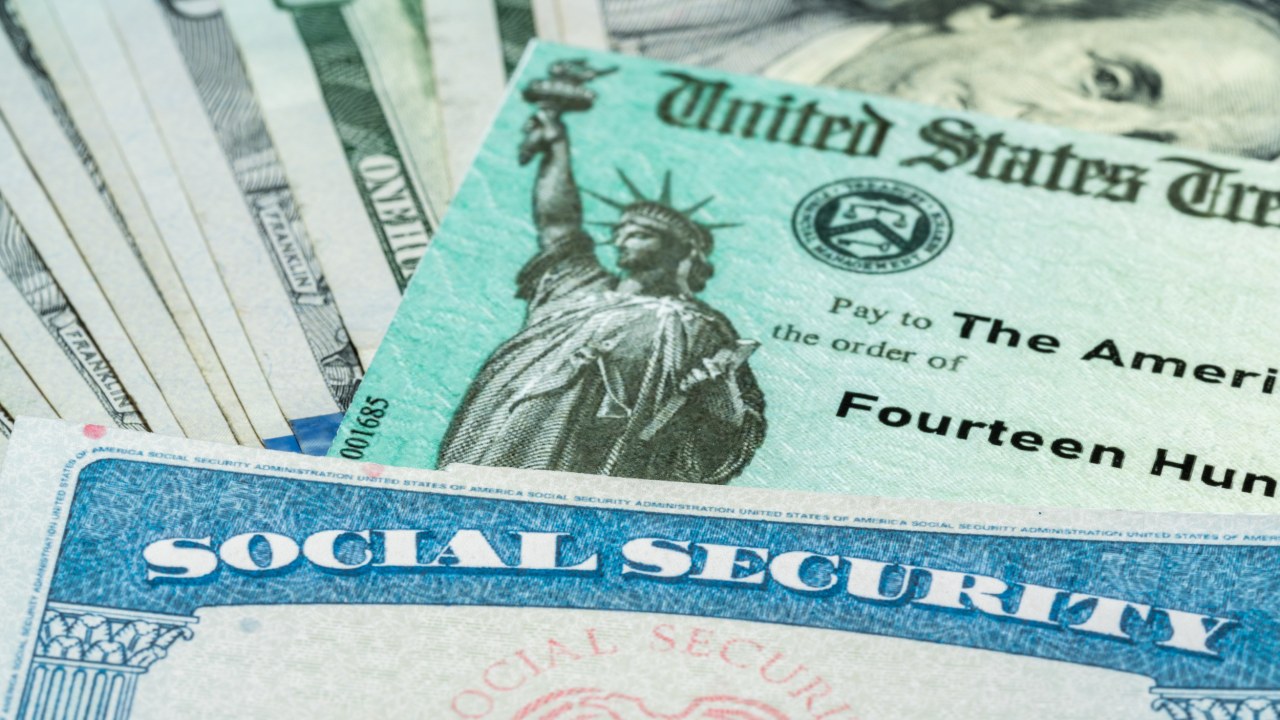This month, seniors are eagerly anticipating their February Social Security payments, which bring good news for retirees. Those eligible can expect around $1,900 or more deposited into their accounts. This increase is a result of the Social Security Administration’s annual cost of living adjustment (COLA) for 2024, set at 3.2 percent. Consequently, February Social Security payments will see a 3 percent-plus rise this year, providing a welcome financial boost for older Americans.

Photo from Google
Unlocking February Social Security Payments: A Guide to Boosts, Dates, and Maximum Benefits for Retirees
For the average middle-class retiree who stopped working at 65, the monthly benefit is estimated to be $1,867, based on the median household income in 2022. However, maximum payments for February Social Security recipients will range from $2,572 to $4,555, depending on retirement age. On average, seniors can anticipate a monthly increase of over $50.
The exact date of receiving these February Social Security payments depends on one’s birth date. Those who have been receiving Social Security since May 1997 or earlier will see their February Social Security payments arrive on February 2. For others, checks will be distributed on different Wednesdays throughout the month, with February Social Security payments on February 14, 21, and 28, depending on their birth dates.
READ ALSO: Minnesota State Tax Rebates Hit With Federal Taxation: IRS Issues Final ‘No’ Despite State Appeals
February Social Security Payments: Mixed Emotions as Seniors Navigate Financial Challenges Amid Future Concerns
While the February Social Security payments bring a positive financial boost, not every retiree feels it is sufficient to cover their expenses. Factors such as individual circumstances, expenses, and additional income sources play a crucial role. Rising costs in sectors like healthcare and housing still leave some seniors struggling to make ends meet.
Beyond individual concerns, there are broader worries about the future of Social Security. Lawmakers are increasingly concerned as the federal retirement benefits program is predicted to run out of money for full payments as early as 2034. This is due to more Americans retiring and fewer people working to support the program. Annually, over $1.4 trillion in payments are sent to more than 70 million people, with over 8 million people starting to receive February Social Security payments over the past decade. The challenges ahead highlight the importance of finding sustainable solutions for the long-term health of the Social Security program.

















































